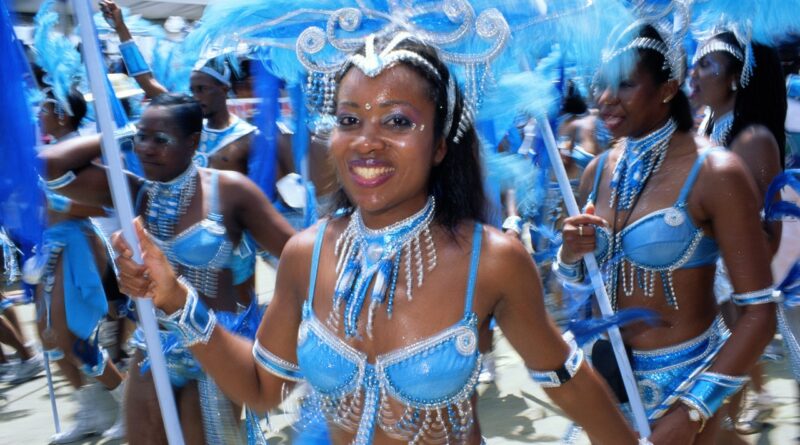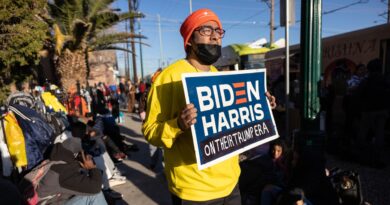How A Caribana Costume Repaired A Young Girls Relationship with Her Body
Raised in the church, my body had never really felt like mine to free in the first place; I was just borrowing it from God. I was told that my body was His temple, that The World was out to violate it, and that it was my job to stop that from happening. Sometimes that meant “unsightly” piercings and tattoos. In contrast, other times, it referred to the “unholy” lure of the opposite (or even worse, the same) sex. However, one thing that was made abundantly clear is that Carnival was always, without fail, considered to be shameful. Every summer, my pastor would take his place at the pulpit and spend an hour railing against the hellish sin fest that was Caribana. He would condemn the “likkle gyals gyratin’ up themself” as the omen of Satan’s lustful evil and repeatedly emphasize that “God loved them. He hated what they were doing with their bodies, His temples.”
Throughout my childhood, my parents often made it a point to drive by the parade route, pointing out the pretty costumes and buying us miniature flags to keep as souvenirs. As I got older, the idea of mas became increasingly more attractive. I began to bring it up in conversations with my mother and was always met with the same refrain: “do you think that God would be pleased?” That told me everything I needed to know. It didn’t matter what I wanted to do; my body did not equal my choice because it wasn’t my body, after all, was it? It was God’s, and if I loved Him (if I loved myself), I shouldn’t want to participate in Caribana. I couldn’t look into a mirror without feeling shame at my failure to be the perfect temple. My self-image became warped and dysmorphic, skewing my perceptions of anything concerning my physical being. Hence my first mas costume was the beginning of my emancipation.
Carnival is an expression of independence. Over time, as women continued to make longer strides in society while taking steps towards equality, their role in Carnival grew. The costumes became a way to challenge societal expectations of what women could be. Gone were hangups on modesty and self-consciousness; Carnival became a way to reclaim the female form as being as sexy, flashy, and exuberant as one wanted to be. The costumes on our bodies allowed our minds to be free – they allowed us to destroy our previous notions of self and rebuild them through cultural empowerment. Even now, I struggle to find the words that can accurately capture the scope of what I experienced that day. There is a phrase in the West Indies that’s often used in relation to the effect that Carnival has; we call it “freeing up yuhself.”
People wearing costumes dancing at the sambadrome during the Carnival celebretion at Port of Spain, Trinidad and Tobago. This is a very famous celebration in the island, visited by thousands of tourists from all over the world who enjoy music and the joy of carnival.Mauro_Repossini
As I moved further along the parade, the anxiety-filled thoughts that plagued my arrival slipped away. They were replaced by a burning, rum-fuelled courage that spurned my steps into leaps and my dancing to become faster, sexier. There were no judgment, hatred, or constraints on what I could do. Encouraged by the rebellious nature of my costume, my body was mine, and God was there, too. Soca was life, mas was worship, and I was finally free. I was baptized on de road that day and reborn as something new. Something gloriously imperfect and shameless. Yet, graceful. Belonging entirely to myself.
Let us slide into your DMs. Sign up for the Teen Vogue daily email.
Want more from Teen Vogue? Check this out:




